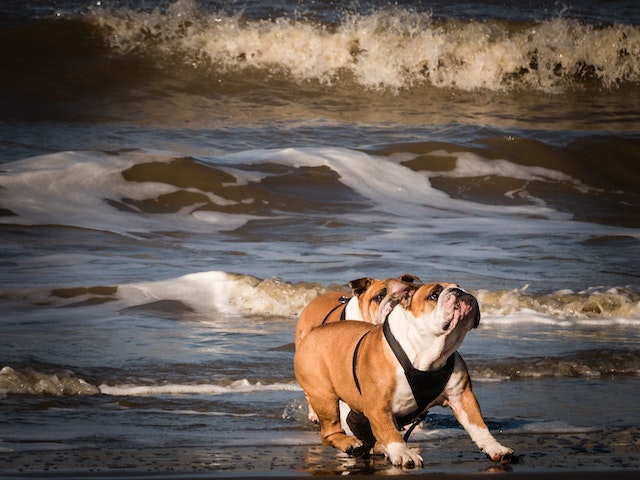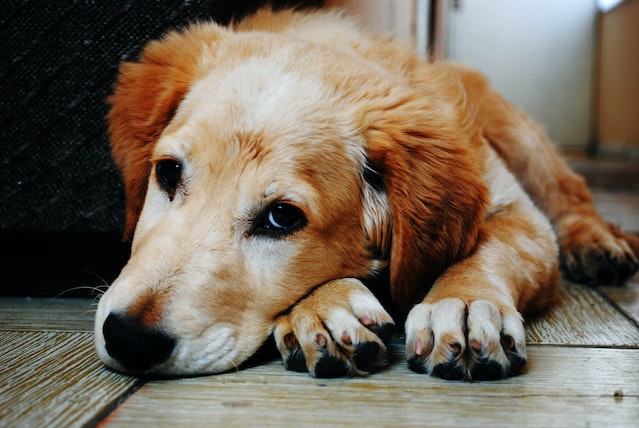Owning a dog brings immeasurable joy and companionship, but it also comes with responsibilities, one of which is cleaning up after your furry friend. Properly managing your dog’s waste not only ensures a clean and safe environment for everyone but also demonstrates responsible pet ownership. In this comprehensive guide, we’ll delve into the importance of cleaning up after your dog, the tools you need, and the best practices to make this task as straightforward and respectful as possible.
The Importance of Cleaning Up After Your Dog
Cleaning up after your dog is a fundamental responsibility for several compelling reasons:
1. Public Health and Hygiene
Dog waste is not just an eyesore; it can pose significant health risks. Dog feces contain harmful bacteria and parasites that can contaminate soil and water. When left unattended, it can spread diseases to both humans and other animals. Cleaning up after your dog helps maintain public spaces’ cleanliness and prevents the transmission of diseases.
Imagine a scenario where dog waste is left to accumulate in parks, sidewalks, and shared green spaces. In this unsanitary environment, harmful pathogens can thrive, creating a potential health hazard for anyone who comes into contact with the contaminated areas. By promptly picking up after your dog, you contribute to the overall well-being of your community.
2. Environmental Impact
Dog waste left in public areas can contribute to environmental pollution. Rainwater can wash the waste into storm drains, which eventually leads to rivers and oceans, contaminating water sources and harming aquatic life. Proper disposal of dog waste reduces the environmental impact and helps preserve our ecosystems.
Picture a scenario where numerous dog owners neglect their duty to clean up after their pets. Over time, the cumulative effect of dog waste can lead to water pollution, negatively affecting aquatic ecosystems and the overall health of our planet. By responsibly managing your dog’s waste, you participate in environmental conservation efforts.
3. Consideration for Others
Not everyone is a dog lover, and even those who are may not appreciate stepping in or encountering dog waste while enjoying public spaces. Cleaning up after your dog shows respect for fellow community members and their right to enjoy clean and pleasant surroundings.
Consider the inconvenience and displeasure of accidentally stepping in dog waste during a leisurely walk or outdoor activity. By being a responsible dog owner, you actively contribute to creating a more considerate and enjoyable community environment for all.
4. Legal Obligations
Many communities have local ordinances that require dog owners to clean up after their pets. Failing to do so can result in fines or other penalties. Being a responsible dog owner means abiding by these regulations.
Local ordinances regarding pet waste management are in place to maintain public health and cleanliness. By adhering to these laws, you not only avoid legal consequences but also demonstrate respect for the rules and your community.

Tools You Need
To clean up after your dog effectively, you’ll need a few essential tools:
1. Dog Waste Bags
Invest in biodegradable or eco-friendly waste bags specifically designed for picking up dog waste. These bags are durable and environmentally responsible. Using them ensures that you’re not contributing to plastic pollution.
2. Pooper Scooper
A pooper scooper is a handy tool for picking up dog waste without having to touch it directly. It usually consists of a long handle with a scoop at the end. Pooper scoopers are especially useful for larger breeds or for individuals who prefer not to use their hands.
3. Disposable Gloves
Disposable gloves are a hygienic option for handling dog waste. They provide a barrier between your hands and the waste, reducing the risk of contamination. After use, simply dispose of the gloves along with the waste.
4. Sealable Container
Carry a small sealable container or pouch to store used waste bags until you find an appropriate disposal bin. This prevents odors and leakage during your walk. Sealable containers come in various sizes and can easily fit in a pocket or attach to your dog’s leash.
Best Practices for Cleaning Up After Your Dog
Follow these best practices when cleaning up after your dog:
1. Be Prepared
Before you leave home for a walk with your dog, ensure you have an adequate supply of waste bags. It’s better to have too many than not enough. You never know when your dog might need to go, and it’s essential to be prepared for any situation.
2. Watch and Wait
Pay attention to your dog’s cues and body language. Most dogs have a specific routine or behavior before they relieve themselves, such as sniffing the ground or circling. When you notice these signs, be ready to clean up promptly.
3. Use the Bag Properly
When your dog does its business, use a waste bag to pick up the waste. Place your hand inside the bag, grasp the waste through the bag, and then invert the bag to encase the waste securely. Tie the bag securely to prevent leakage or odors.
Proper bag usage ensures that you can clean up effectively without any direct contact with the waste. It also helps contain the odor, making the experience more pleasant for you and those around you.
4. Dispose Properly
Dispose of the bag in a designated dog waste bin or a regular trash bin. Do not leave filled bags lying around, as they can attract pests and create unsightly litter. If you’re unsure where to find a dog waste bin, ask local authorities or do a quick online search for dog-friendly areas in your community.
5. Clean Public Spaces
If your dog has an accident in a public space, clean it up thoroughly. Use water or a pet-safe cleaning solution to remove any residue and disinfect the area if necessary. This extra effort ensures that the area remains clean and safe for others to enjoy.
6. Follow Local Regulations
Familiarize yourself with local laws and regulations regarding dog waste disposal. Different areas may have specific rules, such as requiring dogs to be on leashes or designating certain areas for dog waste disposal. Compliance with these regulations is an essential aspect of responsible pet ownership.
7. Set a Good Example
As a responsible dog owner, set a positive example for others by consistently cleaning up after your dog. Encourage fellow dog owners to do the same and educate them about the importance of responsible pet ownership.
Leading by example can have a ripple effect in your community, fostering a culture of responsibility and consideration among dog owners.
Conclusion
Cleaning up after your dog is a fundamental aspect of responsible pet ownership. It promotes public health and hygiene, reduces environmental impact, shows consideration for others, and helps maintain clean and safe public spaces. By following best practices and using the right tools, you can make this task a seamless part of your daily routine as a loving and conscientious dog owner.

